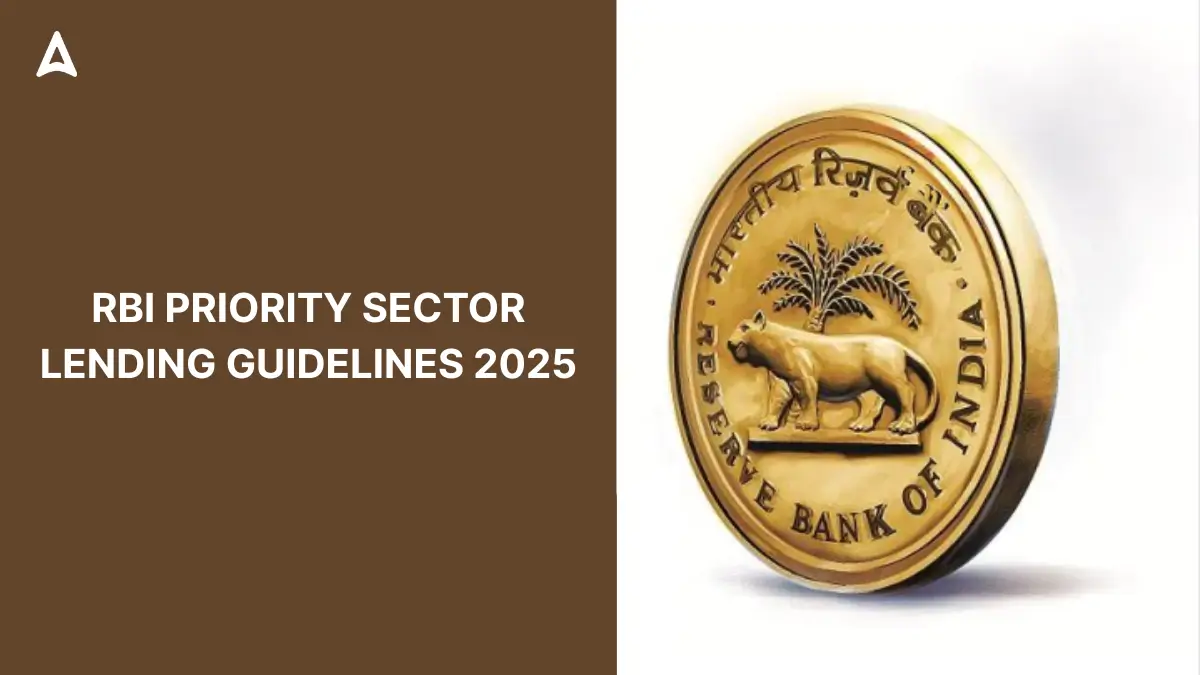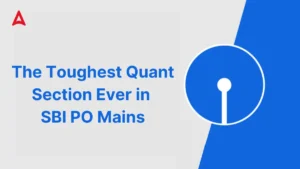Table of Contents
The Reserve Bank of India (RBI) has released fresh guidelines for Priority Sector Lending (PSL) that are implemented from 1 April 2025. These updates are meant to improve how banks give loans to important sectors like farming small businesses education and renewable energy. The aim is to make credit easily available for sections that need it the most and support balanced growth across India.
RBI Priority Sector Lending
Priority Sector Lending is a system where banks must give a certain part of their loans to sectors that help the country grow in a fair and inclusive way. These include areas like agriculture small industries housing education renewable energy and support for weaker sections of society. By doing this banks help uplift the sections that are often left behind in regular lending.
The RBI decided to change the rules because of changing economic needs and suggestions from banks and other stakeholders. With time new areas of growth have emerged and credit requirements have changed. These updates will help improve the reach and usefulness of the PSL system.
Major Changes in Priority Sector Lending Guidelines 2025
Increased Loan Limits for Housing and Agriculture
The limit for housing loans under priority sector has been raised so that people can buy slightly higher priced homes and still get support from banks. Similarly loan limits for farming and small businesses have also gone up to ensure rural and micro-level borrowers get more help.
More Support for Renewable Energy Projects
The new rules expand the types of renewable energy projects that can get PSL benefits. Now even public utilities and private power generators can be funded. The loan cap for such projects has been raised to 35 crore per borrower.
Education and Infrastructure
Loan limits for education have been raised to support not just regular courses but also skill development and vocational training. The maximum loan amount for education under PSL is now 25 lakh per borrower. Social projects like setting up schools toilets or water supply systems in rural and urban areas are now eligible up to 8 crore.
Extra Focus on Poorer Districts
To reduce regional imbalance RBI has added weightage for loans given in 196 districts with lower income levels. Banks will get 125 percent credit value for loans in these areas. On the other hand lending in richer districts will be counted as 90 percent to avoid concentration in urban areas.
Better Inclusion for Weaker Sections
The RBI has added more activities under the category of weaker sections. This includes women self-help groups and other disadvantaged groups. Earlier restrictions for urban cooperative banks on loans to women have also been removed making it easier for these banks to lend to female borrowers.
PSL Targets for Banks
As per the guidelines all banks including commercial banks small finance banks RRBs and cooperative banks must lend at least 40 percent of their adjusted net bank credit to the priority sectors. There are also specific targets within this for agriculture micro-enterprises education housing and green energy projects.
| Related Posts | |
| RBI Grade B Salary | RBI Grade B Selection Process |
| RBI Grade B Cut Off | RBI Grade B Eligibility |
| RBI Grade B Preparation Strategy | |




 GA Capsule for SBI Clerk Mains 2025, Dow...
GA Capsule for SBI Clerk Mains 2025, Dow...
 The Hindu Review October 2022: Download ...
The Hindu Review October 2022: Download ...
 The Toughest Quant Section Ever in SBI P...
The Toughest Quant Section Ever in SBI P...



